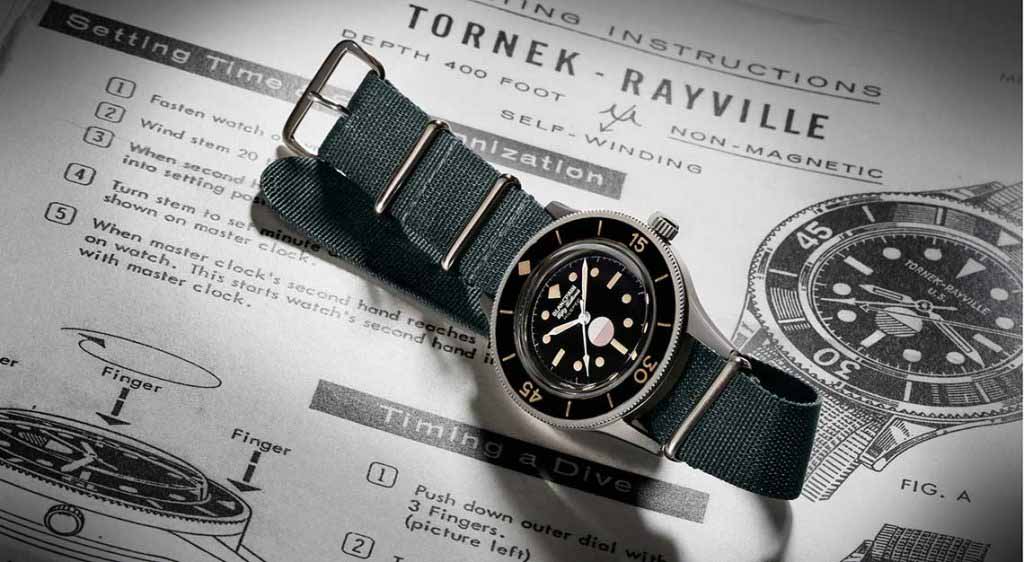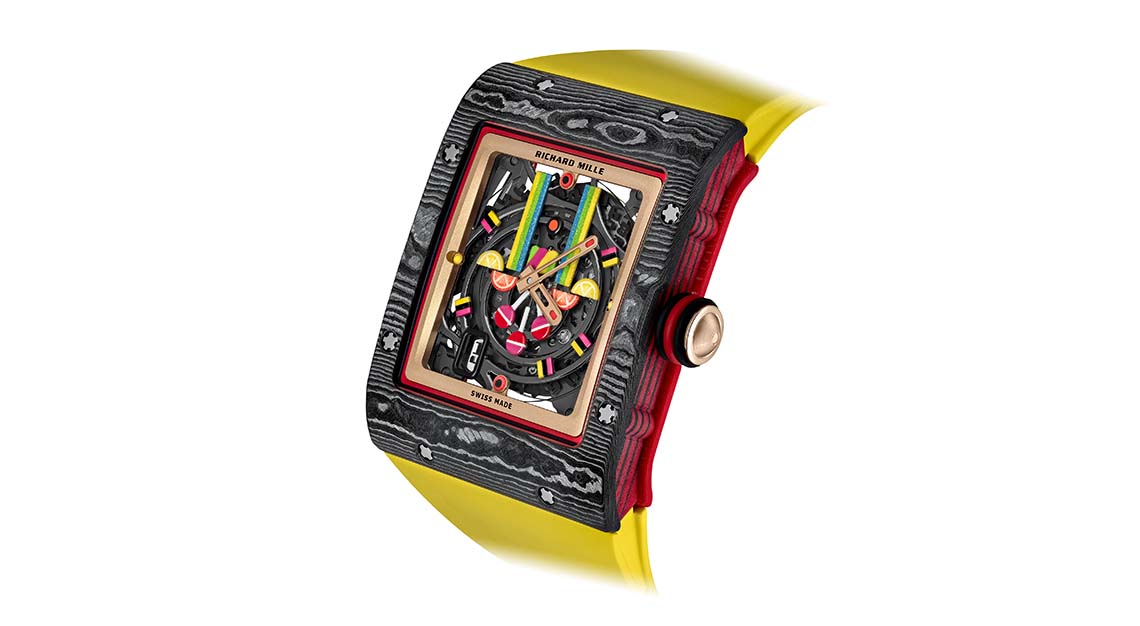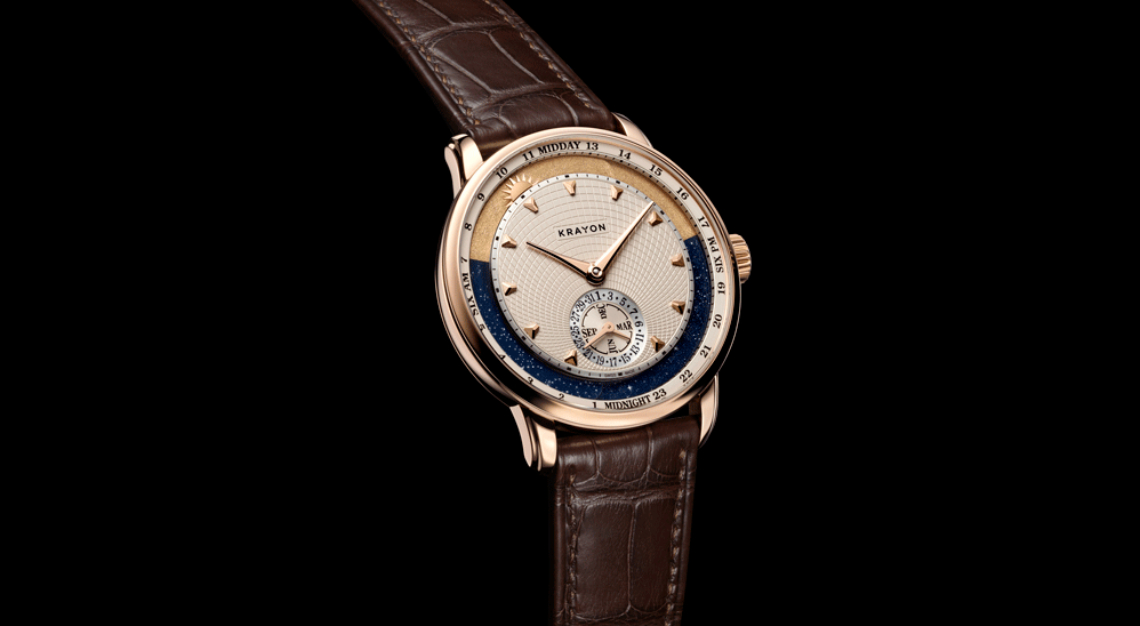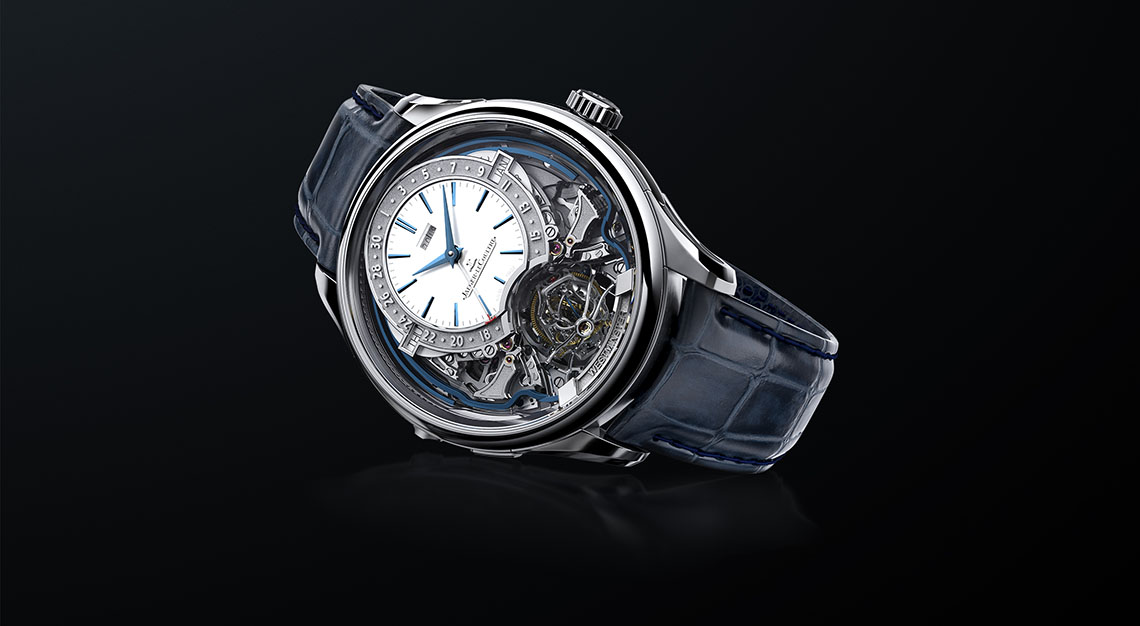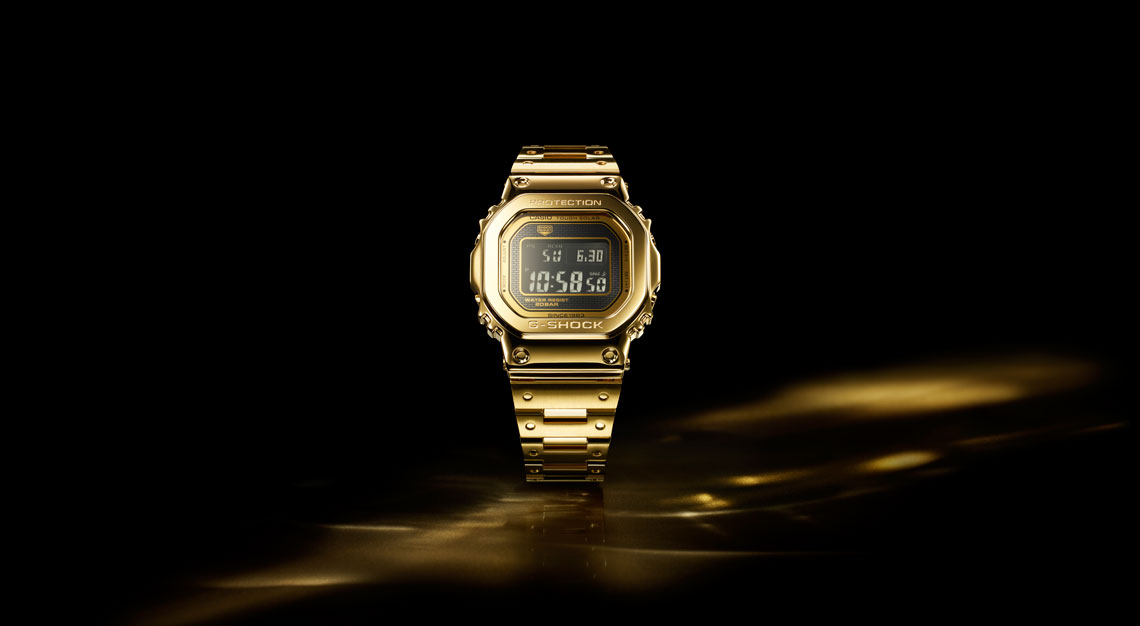As Blancpain celebrates the 65th anniversary of its iconic Fifty Fathoms collection, CEO Marc Hayek tells us the secret behind the enduring appeal of this timeless diver’s watch
The story of Fifty Fathoms is legendary: in the early 1950s, Blancpain CEO Jean-Jacques Fiechter, a diver himself, undertook the bold mission to create a timepiece that would accompany the divers of the French Combat Diving School to the depths of the sea. Fifty Fathoms would become the world’s first diving watch in 1953 – one year before Rolex’s Submariner was launched. Blancpain CEO Marc Hayek tells us about the watch’s beginnings and its links to the military.
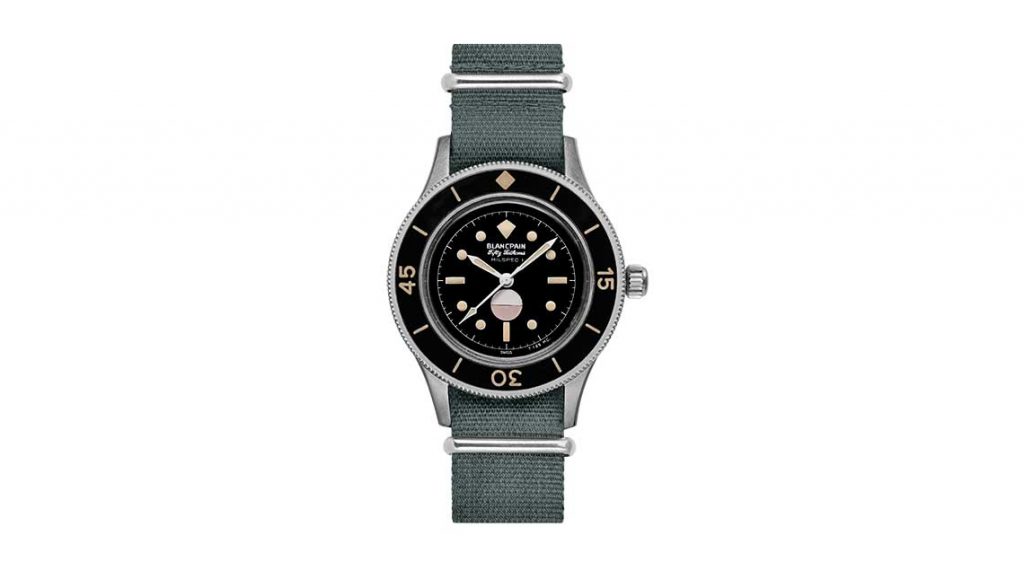
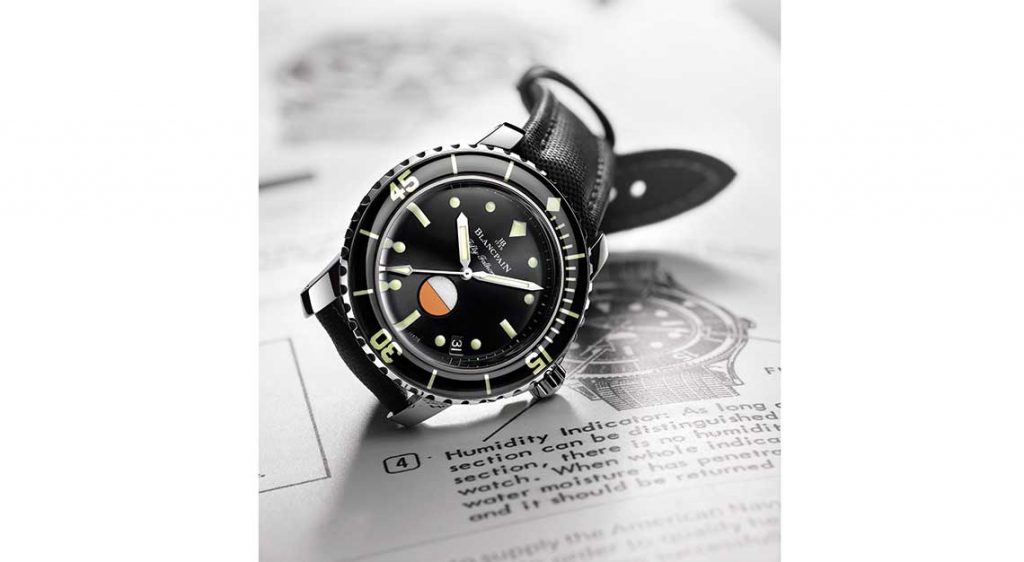
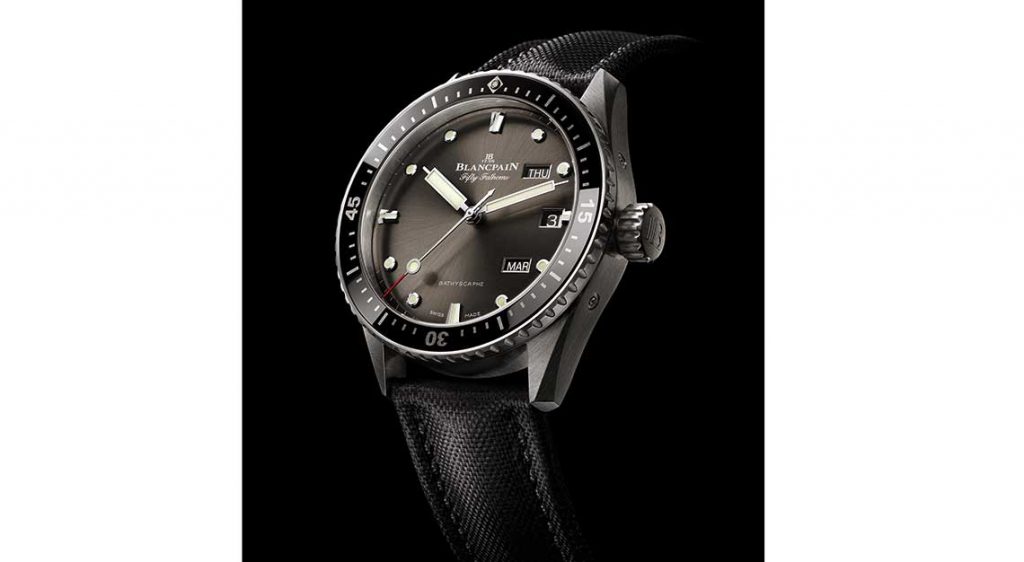
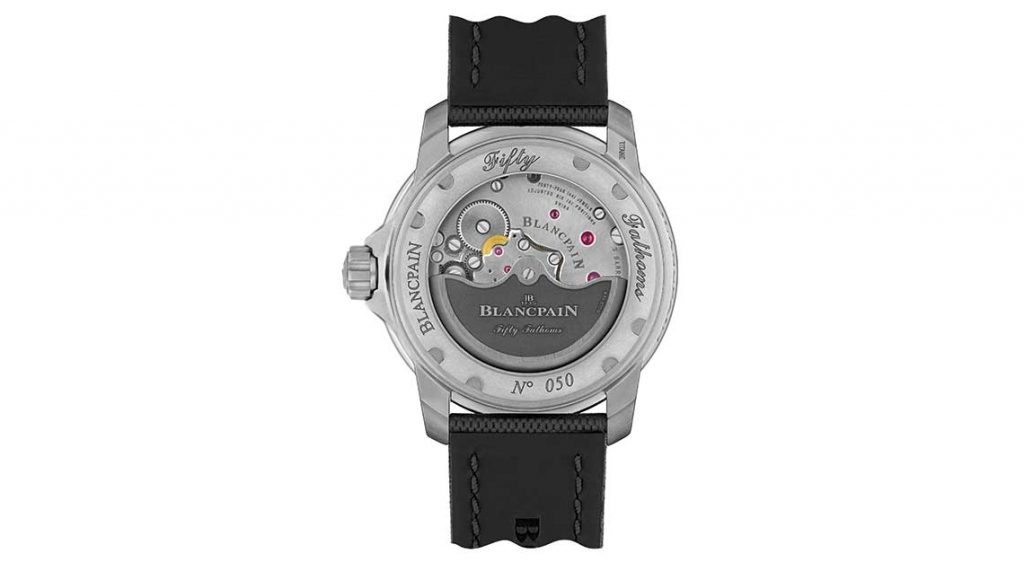
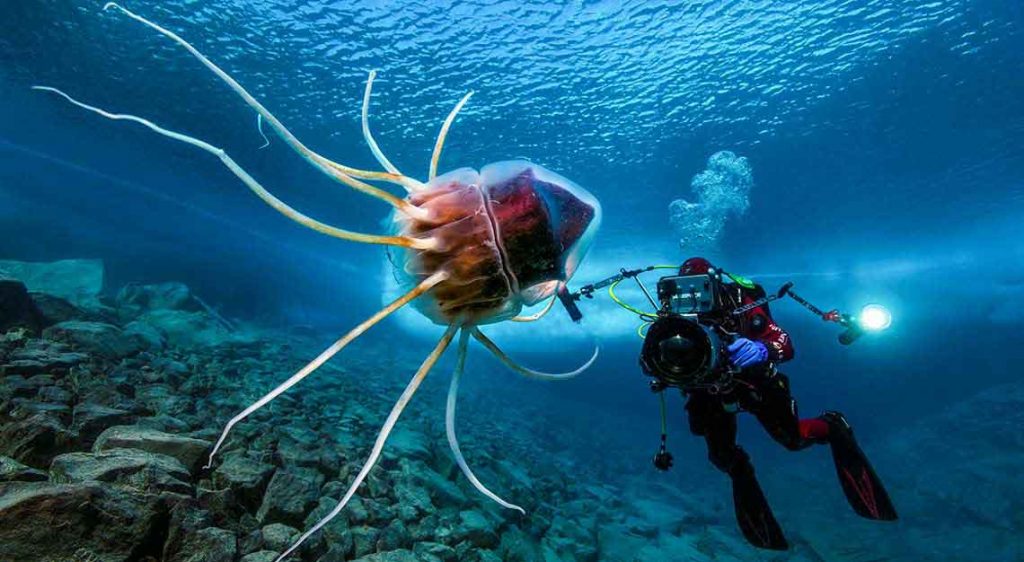
What are the most outstanding features of Fifty Fathoms and how has it evolved?
At the time of its launch in 1953, Fifty Fathoms almost directly achieved the status of an icon. Its main features – which have since defined the finest diving watches for the entire industry – are superior water resistance, robust protected crown systems, automatic winding to further ensure water tightness, dark dials with clear luminescent markings to assure good legibility, unidirectional rotating bezels with timing markings, and anti-magnetic protection. Never before had a diving watch been constructed with this ensemble of features and designs, all perfectly conceived for the underwater world and the needs of divers.
Since then, we have extended the collection – both the Fifty Fathoms and the Bathyscaphe lines – with additions featuring technical advances, innovative materials and new complications. Our latest watches are a Fifty Fathoms with large date and three Bathyscaphes with a complete calendar with moon phases, an annual calendar and a vintage-inspired day/date model.
https://www.instagram.com/p/Bht-R1zD8RL/
How did the watch come about, who contributed to its birth and creation, and what was the industry like at that point in time?
In the early 1950s, Jean-Jacques Fiechter was a sport diving pioneer. Based on his underwater experiences, he came to understand that a diver’s life depended upon a reliable timekeeping instrument and he saw that none existed in the market. As head of Blancpain, he tasked his watchmakers with addressing the challenges of measuring time in the underwater environment. In parallel, in 1952, Bob Maloubier and Claude Riffaud of the French Navy Combat Diving Corps began their quest to find a watch suited for their aquatic missions. They assembled a list of criteria for an instrument that would meet their requirements. The first tests they conducted with watches available in France were disastrous. These were far too small, the dials were hard to read and the cases were far from waterproof.
The paths of these three visionary men finally crossed. In 1953, Blancpain was able to deliver to the French team a watch for testing that fully met their criteria. Thus was born Fifty Fathoms. The watch became one of the essential pieces of equipment for the French combat swimmers corps. Later, the same occurred for naval forces around the world.
The Mil-Spec model made great waves lately; what’s so special about this watch, and why are collectors so enamoured by it?
Mil-Spec models are some of the most coveted and sought-after Fifty Fathoms watches in the vintage market. They feature all of the key characteristics that defined the Fifty Fathoms – as described earlier – plus an additional element, a moisture indicator. The Mil-Spec became the diving watch for the United States Navy and a landmark timepiece in diving history, which makes it incredibly valuable.
